
Hells Canyon National Recreation Area is not actually located in Wyoming; it's situated along the border of Oregon and Idaho. It encompasses the deepest river gorge in North America, carved by the Snake River, and offers stunning natural scenery, recreational opportunities, and diverse wildlife.
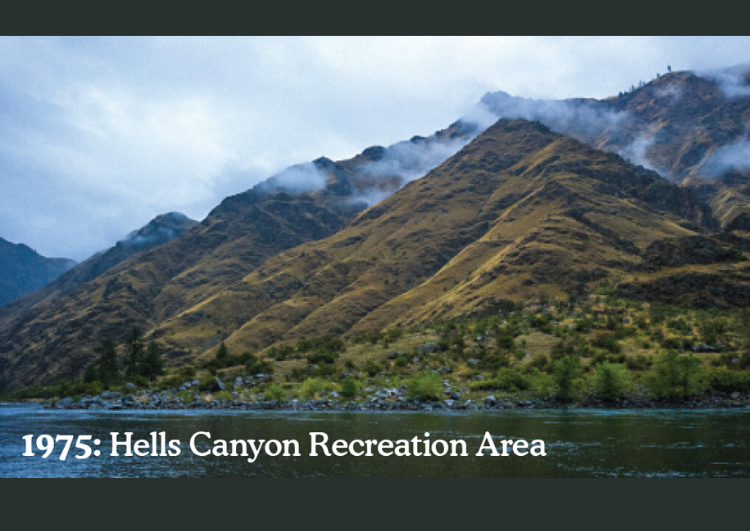

Hells Canyon National Recreation Area was established by Congress in 1975. It spans parts of northeastern Oregon and western Idaho, preserving the rugged beauty of the Snake River canyon and its surrounding landscape.

Hells Canyon National Recreation Area was established through an act of Congress rather than being "invented" by a single individual. It was created to preserve and protect the natural beauty and recreational opportunities of the Hells Canyon region along the Snake River.

Hells Canyon earned its name due to its rugged, steep terrain, which early explorers and settlers found difficult to traverse. The name "Hells Canyon" reflects the challenging nature of the landscape and the hardships faced by those who ventured into the area. The term "Hells" is often used in place names to denote difficult or dangerous terrain, and in this case, it refers to the imposing cliffs and deep gorge carved by the Snake River. The designation as a National Recreation Area highlights its value for outdoor recreation and preservation of natural beauty.


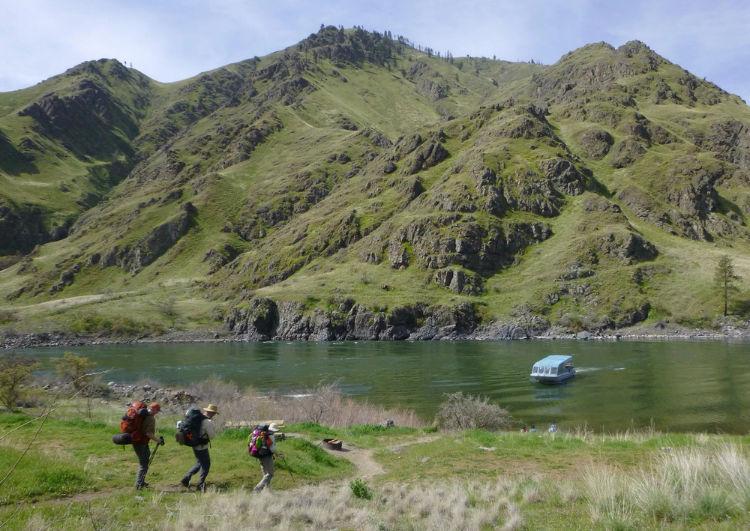
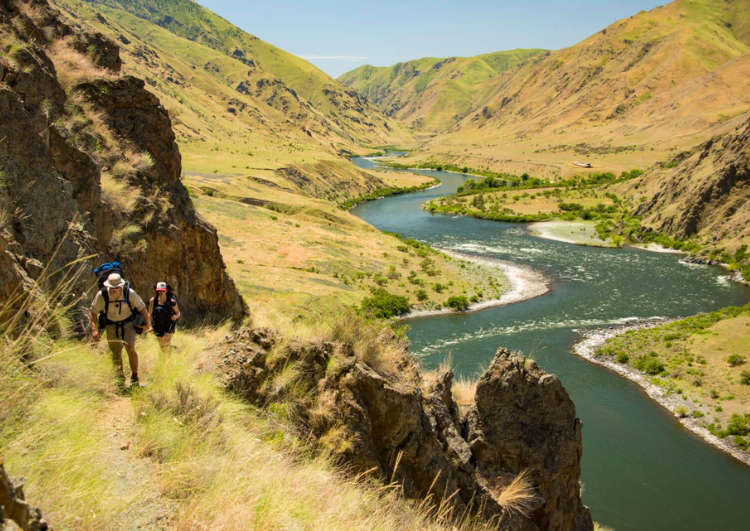
Hells Canyon National Recreation Area offers a plethora of hiking opportunities that attract hiking enthusiasts for several reasons:
1. **Scenic Beauty**: The area is known for its stunning natural scenery, including towering cliffs, deep canyons, and the rushing waters of the Snake River. Hikers can enjoy breathtaking vistas and dramatic landscapes along the trails.
2. **Diverse Terrain**: Hells Canyon encompasses a variety of terrain, ranging from rugged cliffs to lush forests and meadows. This diversity provides hikers with a range of experiences and challenges, from leisurely strolls to more strenuous hikes.
3. **Wildlife Viewing**: The area is home to diverse wildlife, including bighorn sheep, deer, eagles, and various other bird species. Hiking trails offer opportunities for wildlife viewing and birdwatching, enhancing the overall experience for nature lovers.
4. **Remote Wilderness**: Hells Canyon is one of the most remote and least developed areas in the contiguous United States. For hiking enthusiasts seeking solitude and a sense of wilderness, the vast expanses of Hells Canyon offer an unparalleled experience.
5. **Trail Options**: The recreation area features a network of hiking trails catering to various skill levels and preferences. Whether you're looking for a short day hike or a multi-day backpacking adventure, there are trails available to suit your needs.
Overall, Hells Canyon National Recreation Area provides a captivating and rewarding experience for hiking lovers, combining natural beauty, solitude, and diverse terrain in a remote and pristine wilderness setting.

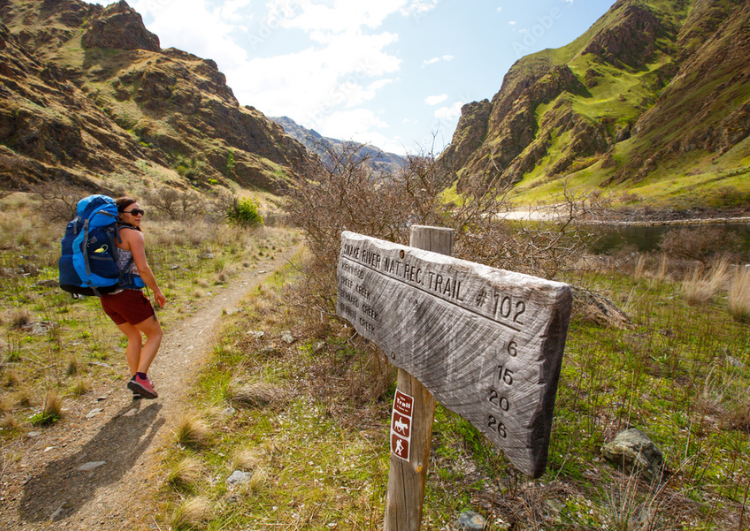
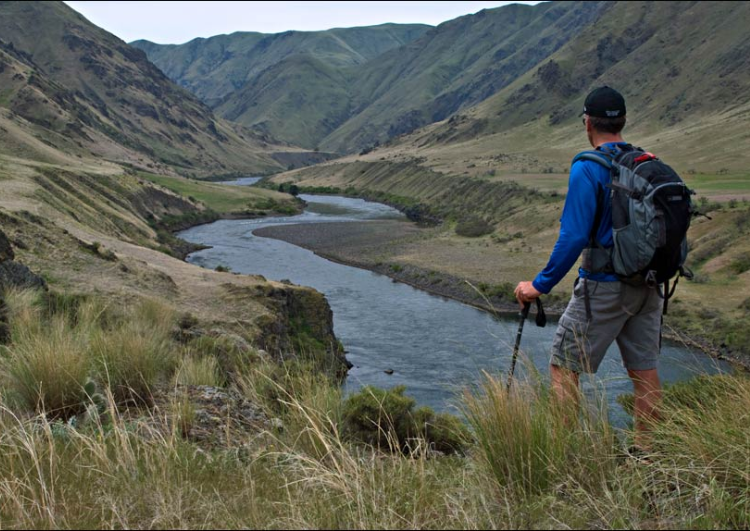
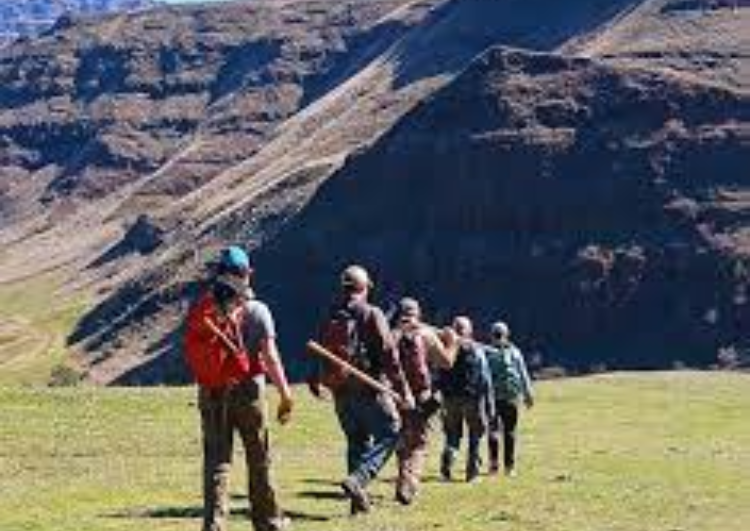
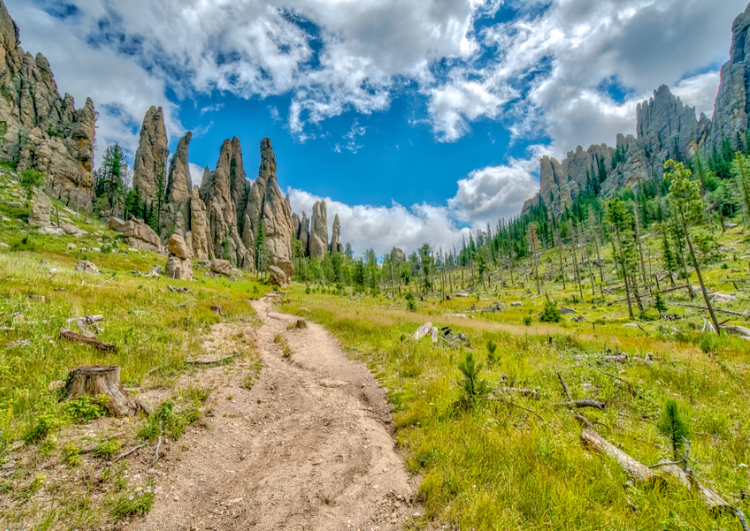
While Hells Canyon National Recreation Area offers hiking opportunities year-round, the best time for hiking largely depends on personal preferences and the specific trails you plan to explore. Here are some considerations for hiking in different seasons:
1. **Spring**: Spring can be an excellent time for hiking in Hells Canyon, as the weather is generally mild, wildflowers are in bloom, and waterfalls may be more abundant due to melting snow. However, some trails may still have lingering snow at higher elevations, so it's essential to check trail conditions before heading out.
2. **Summer**: Summer is a popular time for hiking in Hells Canyon, as the weather is typically warm and dry. Trails are generally more accessible at higher elevations, and the longer daylight hours allow for extended hiking adventures. Be prepared for hot temperatures, especially in lower elevations, and bring plenty of water and sun protection.
3. **Fall**: Fall can be a beautiful time to hike in Hells Canyon, as the foliage begins to change color, creating stunning autumn landscapes. The weather is generally cooler than summer, making for more comfortable hiking conditions. Fall also brings fewer crowds compared to the peak summer season.
4. **Winter**: Winter hiking in Hells Canyon can be challenging due to colder temperatures, snow, and ice. Some lower-elevation trails may still be accessible, but higher-elevation trails are likely to be snow-covered and may require specialized equipment like snowshoes or crampons. It's essential to be prepared for winter conditions and check trail conditions and weather forecasts before hiking in the winter.
Overall, Hells Canyon National Recreation Area offers hiking opportunities year-round, but it's essential to consider seasonal factors and plan accordingly for the best experience.